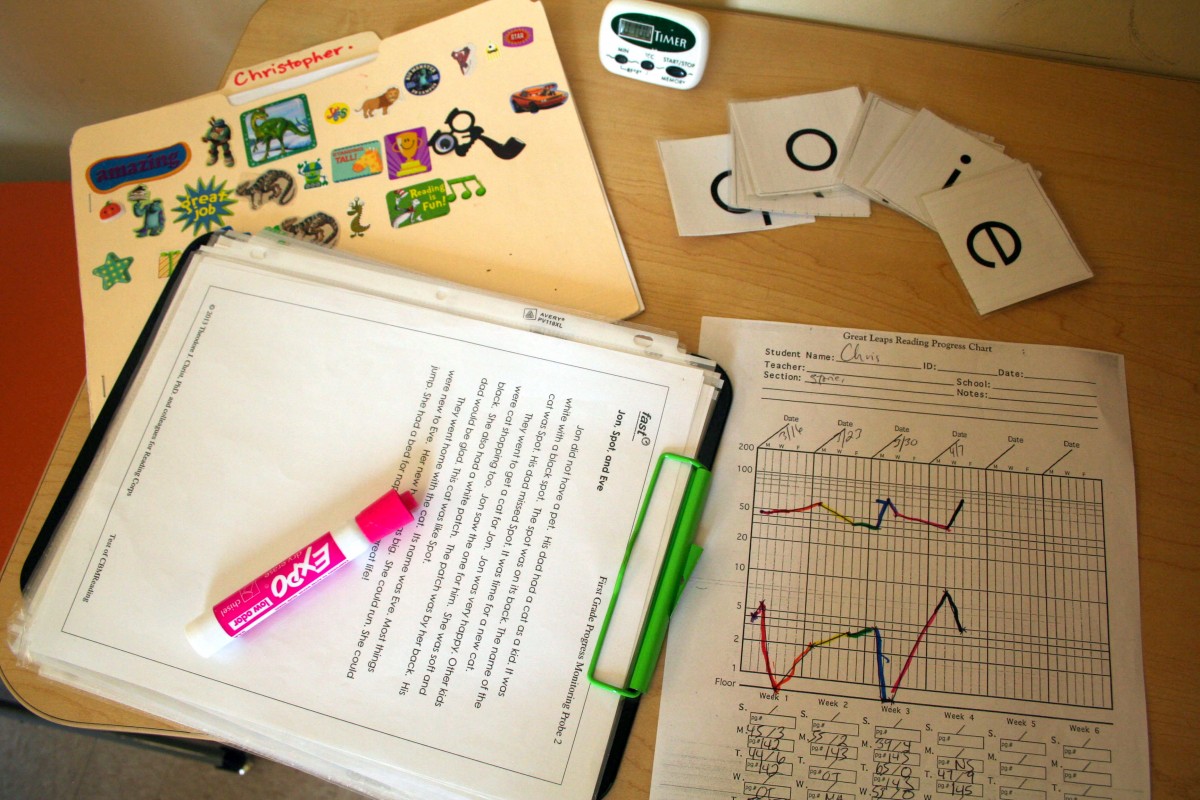
OUR RESULTS
We work with urgency because because kids don’t have time to lose.
The Literacy Lab works to give the best to those who need it most on a daily basis. We catch kids early to get them on track to becoming strong readers. Click on this video to hear about our results from our students.
Our results at a glance
Our pre-K students become ready for Kindergarten.
91% of pre-K participants grow enough to become Kindergarten ready in literacy by the end of pre-K.
Elementary students receive consistent support.
Our students in grades K-3 receive an average of almost 90 sessions of one-on-one support in one school year.
We implement with fidelity.
Our full-time tutors have fidelity rates of over 95% on assessments and over 90% on most interventions. Fidelity scores are calculated from standardized observation checklists completed by coaches.
Schools report broad impact.
88% of school partners report that The Literacy Lab had a positive impact not only on students receiving services, but also on the literacy levels school-wide.
INDEPENDENT EVALUATIONS
The Literacy Lab implements the Reading Corps model, which has undergone two recent, rigorous external evaluations conducted by the National Opinion Research Center at the University of Chicago.
PRE-K QUASI-EXPERIMENTAL DESIGN STUDY

A 2015 quasi-experimental design study of the pre-K component of the program found that:
Participating students were Kindergarten ready in five out of five areas of early literacy, whereas students in classrooms without tutors were Kindergarten-ready in only one out of five areas.
Effect sizes were not only significant, but “substantial in magnitude”.
The program was found to be effective across a range of settings and for all students regardless of gender, race/ethnicity, or dual language learner status.
K-3 RANDOMIZED-CONTROL TRIAL STUDY

A 2014 randomized-control trial study of the K-3 component of the program found that:
Children who participated achieved “significantly higher literacy levels” than children who did not. For example, the average Kindergarten student with a tutor performed twice as well as a student without one.
Students with higher risk factors (such as dual language learners and those who qualify for free or reduced-price lunch) who received Reading Corps intervention significantly outperformed students who did not.
Student performance did not vary by tutor characteristics (i.e. gender, age, years of education) nor by the specific school site, suggesting that the model is highly replicable.
Additional research has found that students receiving this type of intervention are 3 times less likely to be referred for special education services.
Hear From Our School Partners
Over 95% of anonymously-surveyed teachers feel positive about having students in their class participate, even though interventions take place during the school day.
The specific, explicit practice is helpful when teachers are unable to reach every student individually.
PARTNER SCHOOL
If I could change anything, I would have them in all classrooms.
TEACHER
I saw gains in students that may not have received the amount of one-on-one support needed to grow otherwise.
TEACHER
There is no way that we would be able to reach all of our students in need of reading intervention without them.
TEACHER

